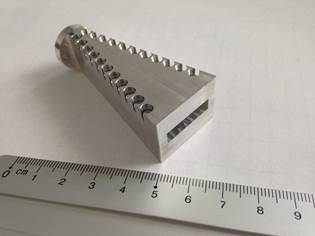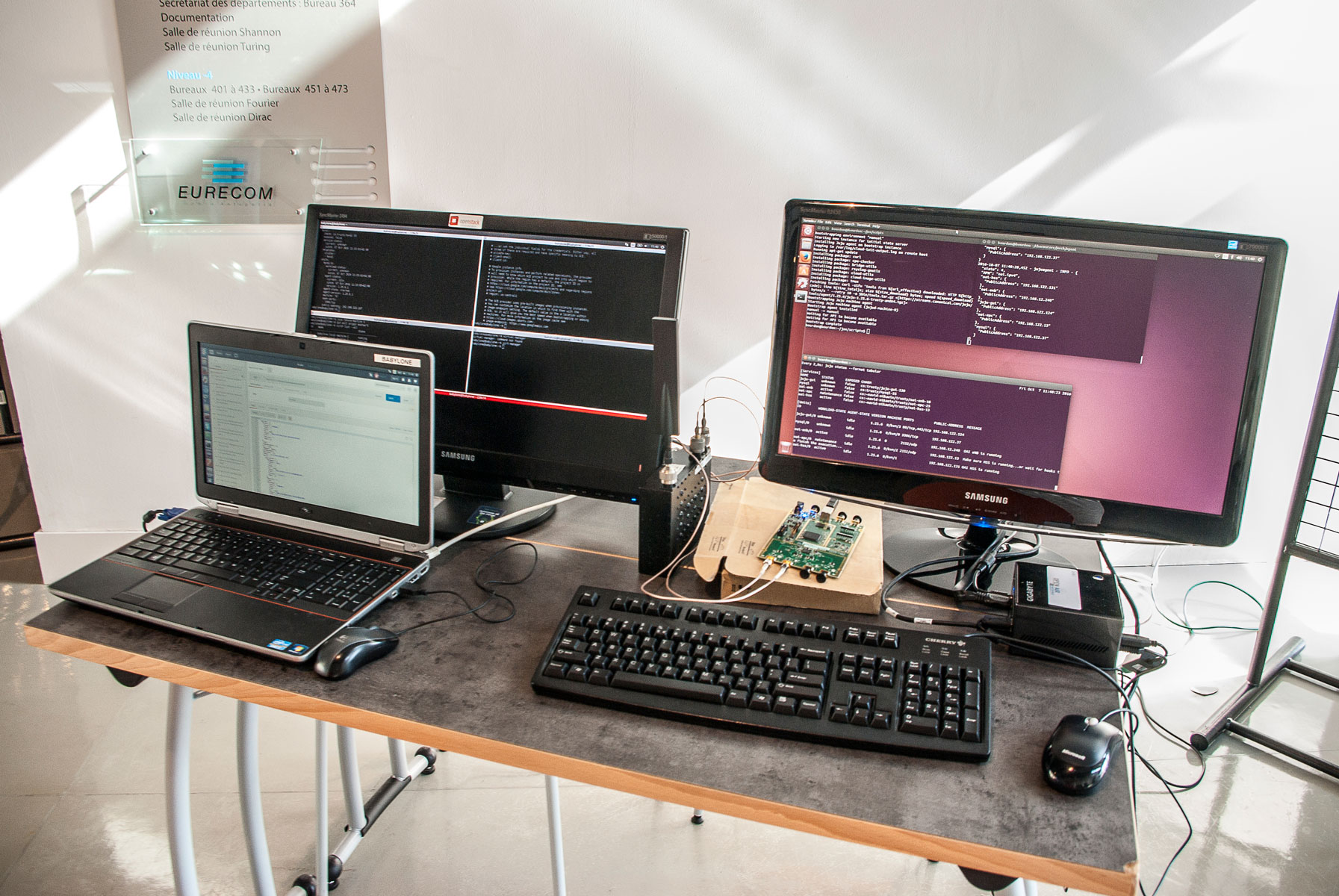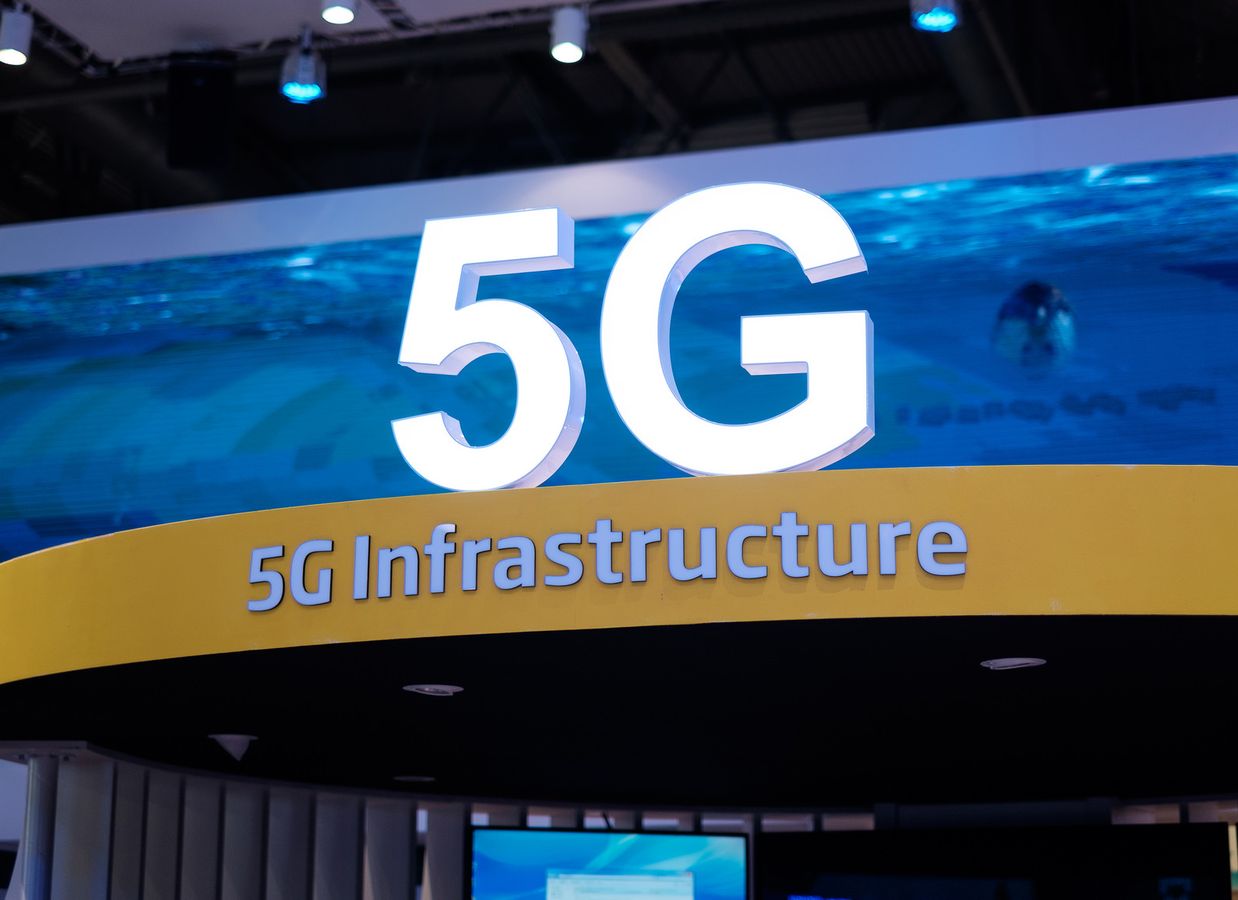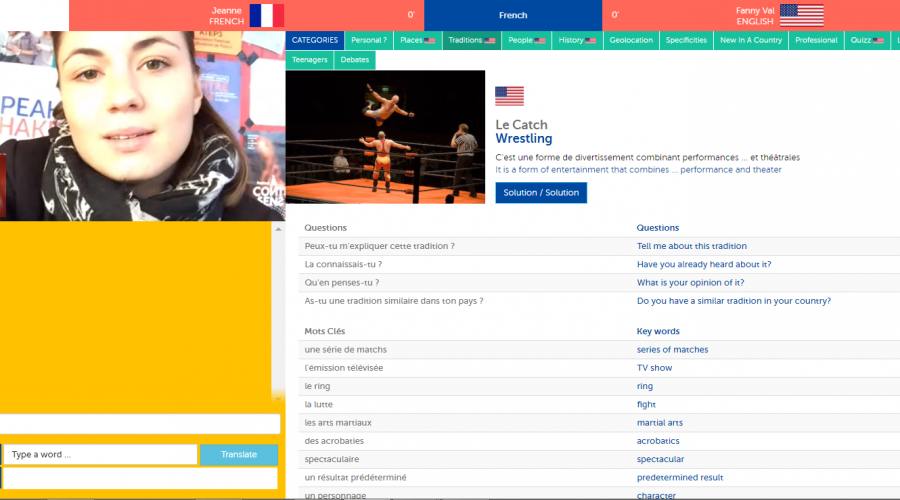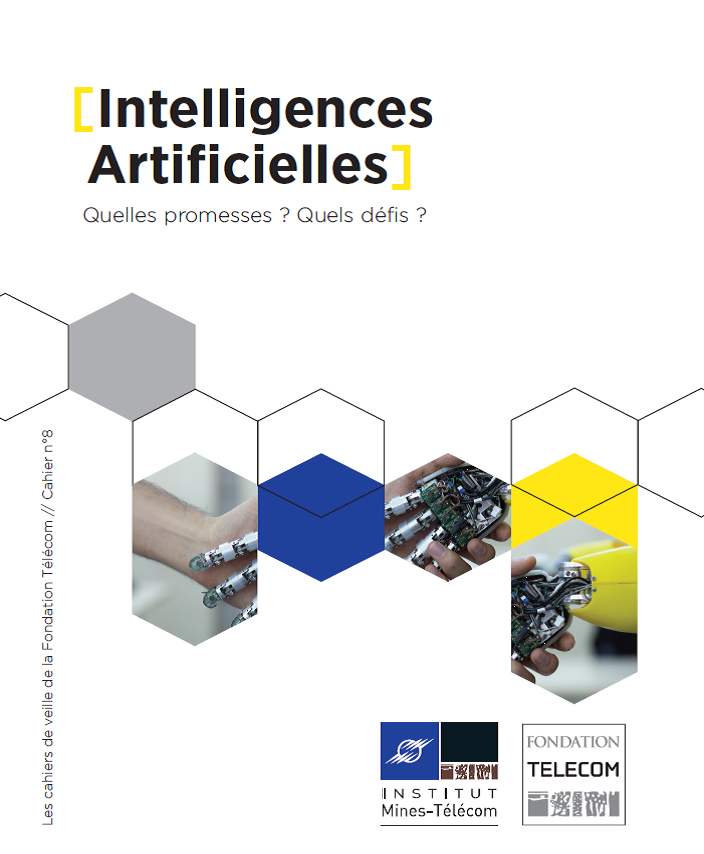Smarter Time: your life in your pocket
The start-up Smarter Time participated in the Lisbon Web Summit, from November 6-9. The company is incubated at ParisTech entrepreneurs, and offers an activity and time management application which helps users to better organize their day-to-day lives, both personally and professionally.
“I’d love to, but I don’t have time!” This is probably one of the most telltale phrases of a lack of organization. New technologies are creating more extra time for us than ever before, especially thanks to faster transport and communication methods. The problem is that we don’t know how to manage this time. Checking social media, for example, can fill several hours of our day without us even realizing. Emmanuel Pont is the founder of the app Smarter Time, which allows users to measure and analyze their time management on a daily basis. He demonstrates the concept through client testimonies: “Studies show that people who feel overloaded with work actually have less to do than they think. We help them to understand that they are simply poorly organized.”
Helping people make this kind of analysis was his reason for founding the start-up, which is today incubated at ParisTech Entrepreneurs. The flourishing business was present for the second consecutive year at the Lisbon Web Summit, November 6-9, with the FrenchTech delegation. The app uses artificial intelligence technology and machine learning to monitor and optimize the user’s daily activities, whether personal or professional. “Every day Facebook and Google use these kinds of techniques to find out more about us and to encourage us to waste our time on their services”, Emmanuel Pont remarks. “I wanted to reverse that by helping people realize how they really manage their time”, he continues.
Smarter Time can locate exactly which room a smartphone is in. Once the app has been downloaded, the user does an initial tour of their house or their workplace, indicating what rooms they are entering as they go. Whether in the kitchen at home or at a desk in the workplace, each room has a unique Wi-Fi footprint defined by the intensity of the signals that it receives from nearby connection points. The app records this footprint and will then be able to recognize which room the smartphone is in.
Whenever the user changes rooms, Smarter Time associates this movement with the most likely activity depending on the user’s agenda, the time of day or past habits. Therefore, if the user routinely attends a meeting at 10am, or they always take their coffee break in a certain room, the app will soon automatically be able to detect these patterns. If it gets something wrong, the user can modify the name of the activity with a simple click. The contextual intelligence algorithms allow the app to very successfully associate the right activity to the appropriate moment in the day.
Manage activities with complete anonymity
Every activity can therefore be learnt and recorded by the app in a precise way: transport time, work, leisure, time with family, and so on. Still more detail can be added to each of these categories, for example by separating time spent in meetings from time spend at one’s desk, or time spent doing sport from time spent reading. Based on the “freemium” model, the app offers users the chance to upgrade from the free version to a subscription, adding a computer plug-in which measures time spent on each website or application.
In any case, “the user remains the master of their data”, Emmanuel Pont assures. “All algorithms operate exclusively within the smartphone, nothing leaves”, he explains. Users can also choose to save their data online to make it more secure. In any case, “data is never sold and remains securely contained”, the founder states.
By shedding light on their activities, the app allows users to better analyze their personal organization on a daily basis. They are then free to create time-management objectives that they will be reminded of regularly if these are not achieved. The start-up hopes to continue developing by offering users analyses and automatic advice through the app, making it a kind of electronic coach. “We are currently studying the extent of knowledge on sleep, to be able to, in time, recommend good practices to follow and suggest to users how to improve their habits”, Emmanuel Pont explains. The start-up has one objective in mind: enabling users to solve their concentration and organization problems. “When people discover to what extent they are wasting their time, they are generally happy to ditch social media in order to spend more time with their children”, he concludes.

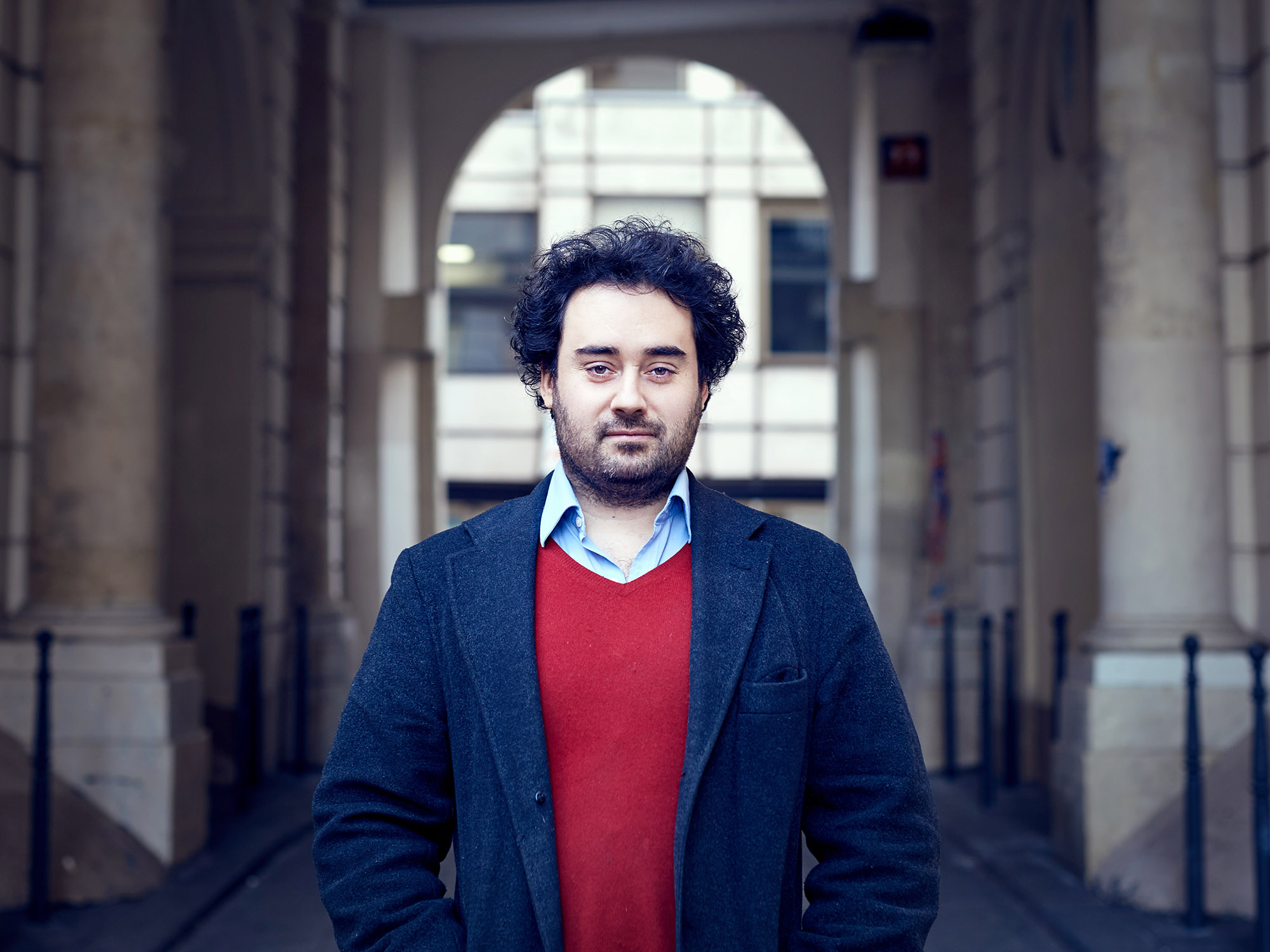
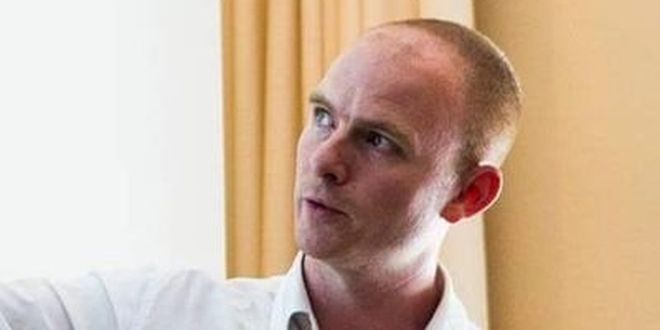
 Vincent Augusto received his Ph.D. in Industrial Engineering from Mines Saint-Étienne, France, in 2008 and the Habilitation à Diriger des Recherches degree from the University of Saint-Étienne, France, in 2016. He was a visiting scholar at CIRRELT (Centre Interuniversitaire de Recherche sur les Réseaux d’Entreprise, la Logistique et le Transport), University of Laval, Quebec, Canada in 2009 and 2015. Currently, he is a professor of industrial engineering in the Department of Healthcare Engineering at Mines Saint-Étienne. His research interests include modeling, simulation, optimization of healthcare systems and their supply chains, process mining and machine learning applied to healthcare.
Vincent Augusto received his Ph.D. in Industrial Engineering from Mines Saint-Étienne, France, in 2008 and the Habilitation à Diriger des Recherches degree from the University of Saint-Étienne, France, in 2016. He was a visiting scholar at CIRRELT (Centre Interuniversitaire de Recherche sur les Réseaux d’Entreprise, la Logistique et le Transport), University of Laval, Quebec, Canada in 2009 and 2015. Currently, he is a professor of industrial engineering in the Department of Healthcare Engineering at Mines Saint-Étienne. His research interests include modeling, simulation, optimization of healthcare systems and their supply chains, process mining and machine learning applied to healthcare.


